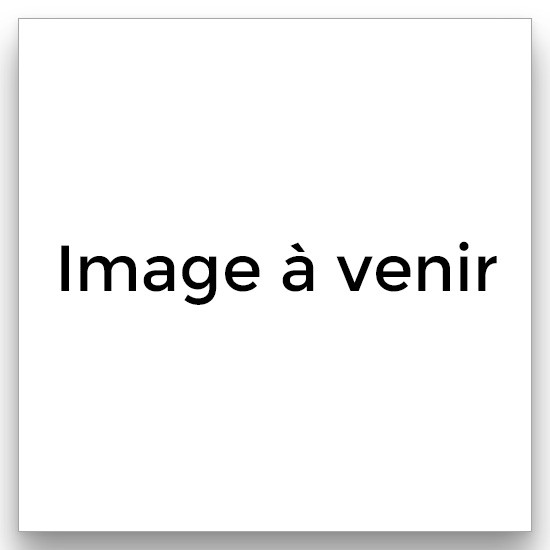Chalcography
Chalcography originally refers to copperplate engraving, but is now used as a more general name for metal engraving. The term is also used to refer to the location of the engraved plates. In France, many chalcographies were made at the request of the King during the 16th and 17th centuries, representing slices of life at the Court. The chalcography of the Louvre was created in 1797, and for several centuries it printed prints from the collection of engraved plates acquired in previous years.

The metal plate is etched to retain ink for printing. This is called an intaglio engraving process. Using tools such as the dry point or chisel, the die (plate) is marked according to the desired design.

The plate can be cut directly or indirectly, using an acid called mordant, in which the plate is immersed to create incisions. This is the process in particular in the case of etching. The incisions in the plate receive a different amount of ink depending on their depth, which affects the opacity of the final print.

Chalcography therefore encompasses a range of techniques that can lead to a wide variety of results. Some techniques, such as etching or burin, are more popular than others and benefit from a certain image shaped by the great names of French culture: Baudelaire thus devotes a chapter to etching in his Curiosités Esthétiques.




